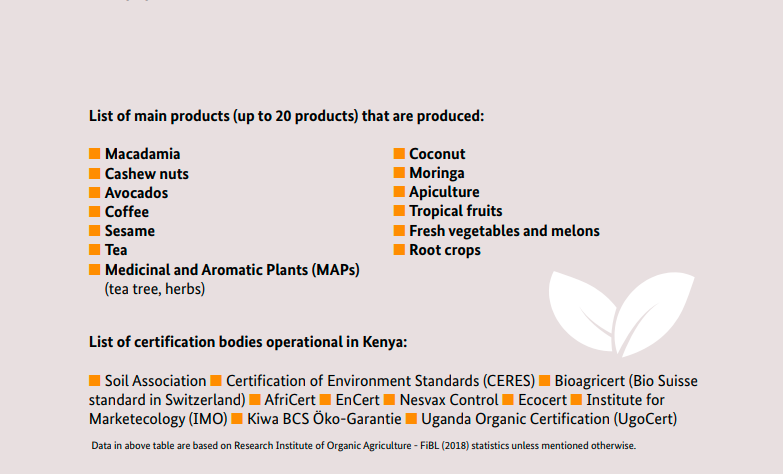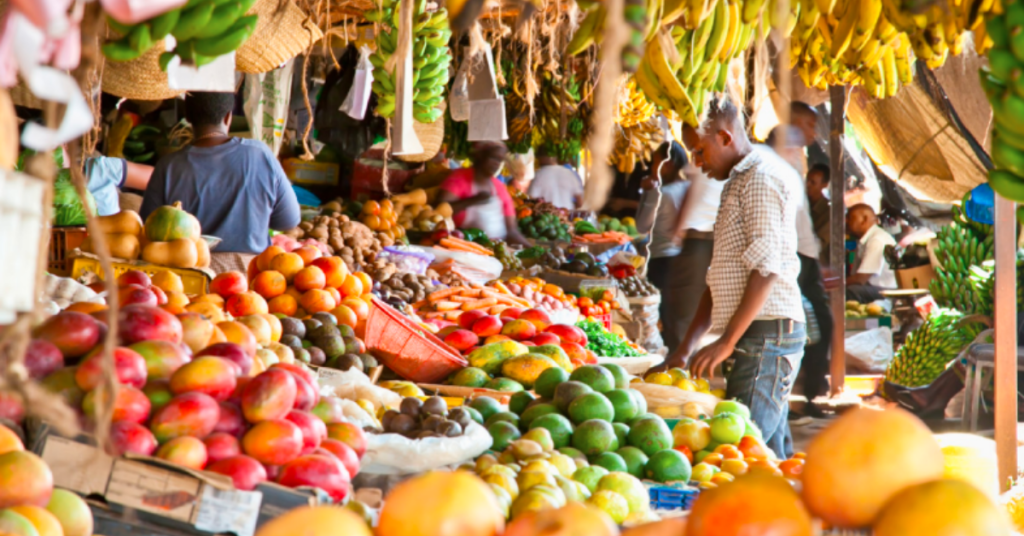- introduction
- Great potential – great challenges
- Organic whereabout in Kenya
- market places
introduction
It is really very interesting to collect information about the organic awareness in each part of the world. I was in Kenya recently for 3 weeks regarding some business assignment of my organization. So naturally I become keen to give a snapshot to my reader on the subject so far as organic food culture is there. Well as I have got, East Africa is very much rich in organic products since quite a long time ago.
Not only that, seeing the potentiality, the European market also leans on this place. Even they tie up with African continent to satisfy the specifications and certifications. Now organic farming going on with proper organic certification norms.
In Agriculture, employment is as much as 80% of the population and represents 25% of GDP. For the countries of the East African Community (EAC)— Burundi, Kenya, Rwanda, South Sudan, Tanzania, and Uganda —agriculture is a priority sector for improving rural livelihoods and enhancing intraregional trade. As such, through the development of joint regional policy, legislation, and projects, the EAC seeks to address some of the persistent challenges faced by the sector, in particular: maintaining and improving agricultural productivity, overcoming trade barriers and improving intraregional trade, and building resilience to climate change.
great potential – great challenges
Countries in East Africa play a pioneering role: Uganda is the African country with the most organic producers (210,000), followed by Ethiopia with 204,000 and Tanzania with 149,000. Kenya is in sixth place with 37,000.
The potential is great – but so are the challenges. David Amudavi’s remarks made clear that much development is still needed to enable a breakthrough in the market for organic products in Africa.
organic whereabout in kenya
Kenya has a longstanding tradition in organic agriculture. The growth and development of the sector in Kenya were initially driven by non-governmental organizations (NGOs) and institutes such as the Kenya Institute of Organic Farming (KIOF, formed back in 1986)1. From the mid-1990s, efforts shifted from fragmented and isolated approaches to more collaborative efforts. This resulted for instance in the establishment of the Kenya Organic Farmers Association (KOFA), initiated by farmers participating in KIOF extension and training programs. The association published organic farming standards for members based on the Basic Standard of IFOAM – Organics International and the European Union Organic Regulation. KOFA wanted to develop an organic market, both locally and internationally, for their produce. However, larger companies and commercial farmers were already united for the export market in the Kenya Organic Producers Association (KOPA). Eventually, all organic agriculture stakeholders, including KOFA and KOPA, united in the Kenyan Organic Agriculture Network (KOAN) as an umbrella organization. Official policies for organic agriculture or agroecology in Kenya do not exist yet, however public interest and recognition of organic agriculture have been increasing. There is limited integration of agroecology and biodiversity in agriculture in national policy documents as a crosscutting topic. The Ministry of Agriculture has established an organic desk to lead the development of an organic policy under the department of Food Security and Early Warning Systems together with KOAN and Kenya Agricultural and Livestock Research Organisation (KALRO). This policy process began in 2009 and went through extensive sector analyses, draft policy development, and consultation processes. As of 2020, a draft policy is ready for deliberation by the Cabinet. Reasons for the duration of the process are seen in the lack of adequate empirical data to prove that organic farming is a sustainable and scalable production system, therefore leading to skepticism about its potential for volume production and subsequent demand in markets. In contrast, the Kenya National Agricultural Insurance Program launched in 2016 was rather unfavorable for the organic sector. Though organic products are higher in costing, but the organic awareness make that area become potential for economic development.
Agriculture is the backbone of Kenya’s economy, contributing 26 % of its gross domestic product, and 60 % of its export earnings for. Conventional horticulture and tea alone make up close to 30%. Approximately 80 % of the population lives in rural areas, with three-quarters living below the poverty threshold. About 70 % of smallholder farmers are women. Overall, more than half of the population lives below the poverty line, and Kenya ranks among the ten most unequal countries in the world. Four climate zones prevail in Kenya, where the Great Rift Valley in the southwest is the most productive. The eastern side of the valley is dominated by Mount Kenya, an extinct volcano, making the Eastern highlands one of the world’s richest agricultural lands. Farms here were mainly established during the British white settler period and are large
market places
Marketplace Kenya has a population of about 50 million. This in itself constitutes a large market potential for organic products, but over the years organic production has been geared to export markets. This is the result of the low visibility of organic smallholder farmers’ efforts in producing for local markets; many of the pop-up ‘wet markets’ are irregular and informal; there are few semi-permanent outlets in shopping malls. According to Kundermann and Arbenz (2020), the main local organic market is located around the capital city, where many consumers are foreigners and upper-middle-class citizens. More than 10 outlets selling organic products in Nairobi are situated in wealthy areas. The organic products sold in supermarkets are typically coffee, tea, honey, sunflower oil, flour, macadamia nuts, and various health products. The greengrocers offer a variety of vegetables and fruits. Organic restaurants and online delivery services exist in Nairobi and Mombasa, with tourism being an important driver of organic food demand. The organic awareness grows from rich to middle class people in the Kenya market as well as East Africa market.




Very nice post. I just stumbled upon your blog and wanted to say that I’ve really enjoyed browsing your blog posts. In any case I’ll be subscribing to your feed and I hope you write again soon!